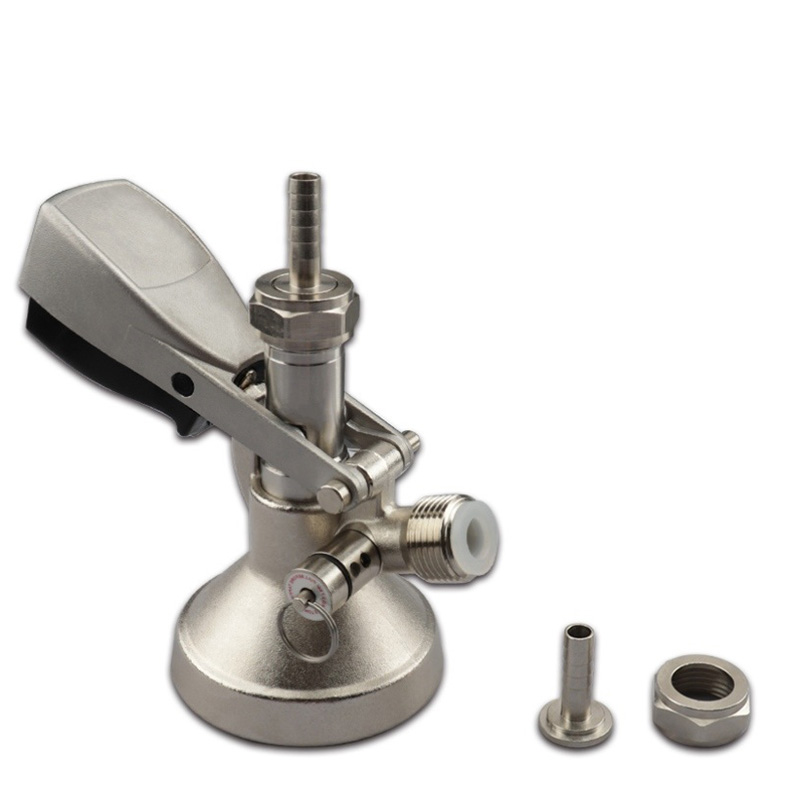Beer foam is a polymer bubble separated from thin liquid film. Each bubble is surrounded by a layer of beer substance. After you drink a beer, the foam should be left on the wall of the cup after the bubble has fallen. This is often referred to as the "Irish belt" or "Brussels belt".
Wine critics feel that the bubble of beer not only reflects the style of beer, but also the attitude of the local people to "bubble beer". Most of the critics believe that the bubble is the key factor to maintain the taste. Beer foam can avoid the loss of carbon dioxide and slow down the oxidation rate of wine. Beer foam absorbs the bitter taste and malt protein around the carbonaceous gas, and when the delicate foam fills the mouth, it also dilutes the taste and bitterness of the wine.
In Japan, the general way to pour wine is to pour wine vertically. When the liquid bubble in beer is about 1/3 height, it is replaced by sticking to the cup wall. As a result, the proportion of liquor and foam can be maintained at 7 to 3.
In Germany, drinkers are fond of strong whipped froth. The ratio of foam to liquor is about 5 to 5, but in Britain, Australia and other places, people prefer to keep only a thin layer of foam on the wine surface.
Many people don't like beer with too many bubbles, but proper bubbles do taste better. For a glass, the amount of bubbles accounts for one-third to one-quarter of the glass. Beer and bubble ratio of about 7:3 is appropriate, but there are differences among different types of beer. The boundary between beer and bubbles is often defined by the trademark printed on the glass. You can refer to this method when pouring wine.



